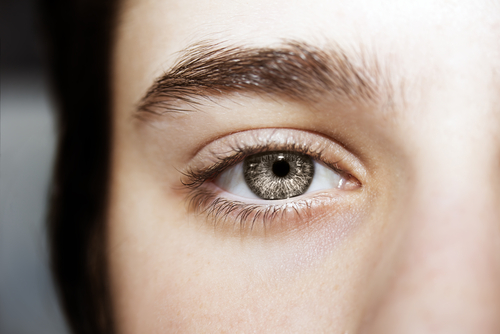

It depends on the type of work you do and how you feel.

You will need 2 to 4 weeks to recover before you can do your normal activities again. You might have some pain in your eye and your vision may be blurry for a few days after the surgery. If an oil bubble is used, you will need another surgery to remove the oil after the eye has healed.Īfter the surgery, your eye may be swollen, red, or tender for several weeks. You will need to keep your head in a certain position for most of the day and night while the eye heals. It lightly presses the retina against the wall of the eye. The retina is the layer of nerve tissue at the back of the eye.Īt the end of the surgery, the doctor may have injected an oil or gas bubble into the eye. (After a while, the eye makes new fluid that fills in the space again.) Then the doctor may have treated eye problems, such as a retinal detachment, a vitreous hemorrhage (bleeding in the eye), scar tissue on the retina, or tears or holes in the macula, an important part of the retina. It helps the eyeball maintain its shape.ĭuring surgery, the doctor used small tools to remove the vitreous gel. You could have wavy vision, or things could. Symptoms If you have VMA: Your vision could become less sharp.

It rarely causes a permanent loss of sight. Vitreous gel (also called vitreous humour) is a thick, colourless, gel-like fluid that fills the large space in the middle of the eye, behind the lens. It can lead to distorted or blurry vision. Vitrectomy is a surgery to remove the vitreous gel from the middle of your eye.


 0 kommentar(er)
0 kommentar(er)
